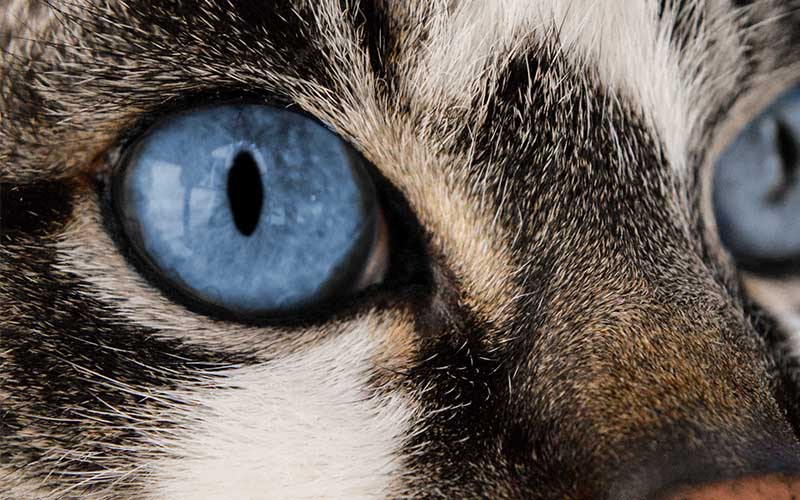Feline Blindness: Causes, Diagnosis, and Treatment Options
Feline blindness is a common condition that can affect cats of all ages, breeds, and genders. It can be caused by a variety of factors, including genetics, injuries, infections, and diseases. In this article, we will discuss the causes and treatment options for feline blindness.
- Genetics: Some cats may be born with a genetic predisposition to certain eye conditions that can lead to blindness. These conditions may include cataracts, glaucoma, or retinal degeneration.
- Injuries: Trauma to the head or eyes can cause damage to the eye and potentially lead to blindness. This can occur if a cat is hit by a car, falls from a significant height, or is involved in a fight with another animal.
- Infections: Eye infections can cause inflammation and scarring in the eye, leading to vision loss. These infections may be caused by bacteria, viruses, or parasites.
- Diseases: Certain diseases, such as feline leukemia virus (FeLV) and feline immunodeficiency virus (FIV), can affect a cat’s immune system and cause damage to the eyes. Diabetes and high blood pressure can also lead to blindness in cats.
How is Feline Blindness Diagnosed?
If you suspect that your cat may be experiencing vision loss, it is important to take them to the vet as soon as possible. Your vet will perform a thorough physical examination and may also perform various tests to diagnose the cause of the blindness.
Some of the tests that may be used to diagnose feline blindness include:
- Ophthalmic examination: This is a detailed examination of the eyes using specialized equipment. The vet will check for abnormalities in the eye structures and assess the function of the eyes.
- Tonometry: This test measures the pressure inside the eye. High eye pressure can be a sign of glaucoma, which can cause blindness.
- Electroretinography: This test measures the electrical activity of the retina, which is the light-sensitive layer at the back of the eye. It can help to determine if the retina is functioning properly.
- Ultrasound: This test uses sound waves to create a detailed image of the inside of the eye. It can help to detect abnormalities in the eye structures.
- Blood tests: Your vet may recommend blood tests to check for infections, diseases, or other underlying health issues that may be causing the blindness.
How is Feline Blindness Treated?
The treatment options for feline blindness will depend on the underlying cause of the condition. Some of the most common treatment options include:
- Surgery: If the blindness is caused by cataracts, surgery may be recommended to remove the cataracts and restore vision.
- Medications: Your vet may prescribe medications to treat infections or other underlying health issues that are causing the blindness. These may include antibiotics, anti-inflammatory drugs, or medications to lower eye pressure.
- Nutrition: In some cases, nutrition can play a role in the health of a cat’s eyes. Your vet may recommend a special diet or supplements to support eye health.
- Environmental modifications: If your cat is blind, you will need to make some changes to your home to make it easier for them to navigate. This may include moving furniture, removing obstacles, and adding lighting.
- Training: It is important to train your blind cat to understand and respond to verbal cues and other forms of communication.

